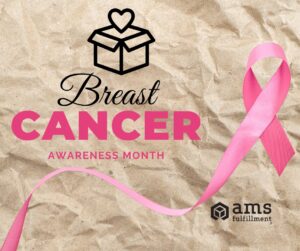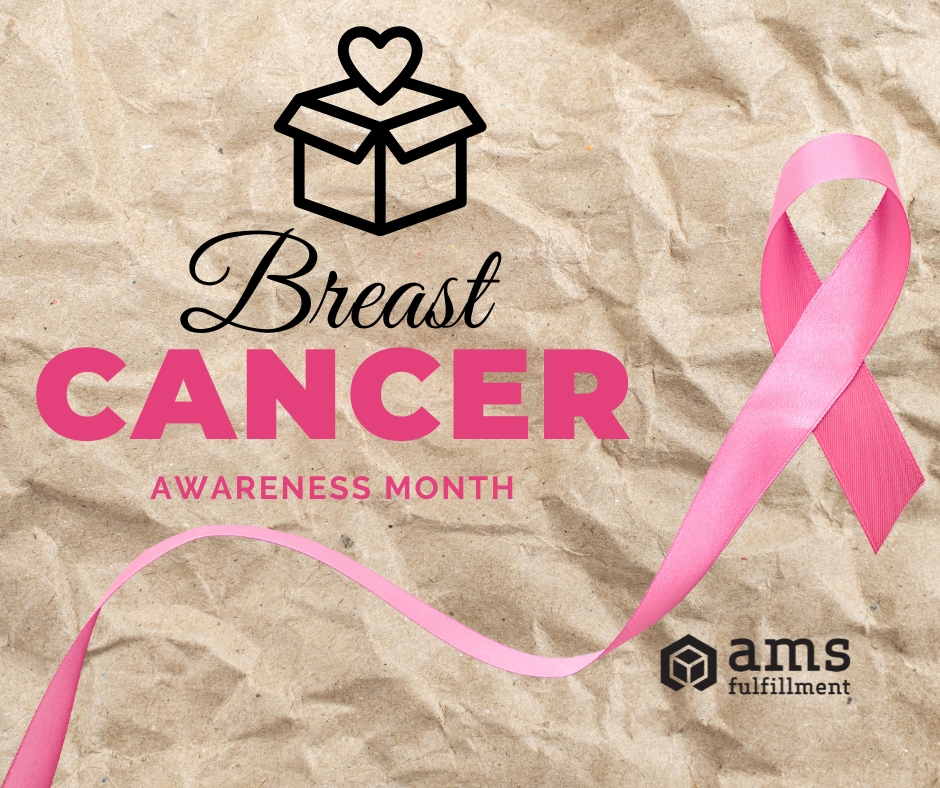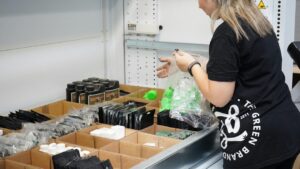 Most people are familiar with the pink ribbon symbol and the designation of October as “Breast Cancer Awareness Month.” Believe it or not, 2025 is the 40th year of this commemoration. The campaign is, and has always been, to increase awareness of breast cancer, to discuss early detection and to encourage women to get their annual exams.
Most people are familiar with the pink ribbon symbol and the designation of October as “Breast Cancer Awareness Month.” Believe it or not, 2025 is the 40th year of this commemoration. The campaign is, and has always been, to increase awareness of breast cancer, to discuss early detection and to encourage women to get their annual exams.
After 40 years of pink ribbons and messages to “get your mammogram”, we’re sure our readers are aware of the purpose of this commemorative month. In this writing we would like to take our focus to an expanded view and a global perspective. But first, just a little information on the disease.
Risk Factors
As we have been told, there is no known cause of breast cancer but there are risk factors. The primary risk factor is a family history of this type of cancer. Women with breast cancer in the family are likely to be aware of their increased risk and watchful for any signs or concerns.
We asked Google about risk factors and here is the list offered, beginning with family history:
“Family history of breast cancer, especially in close relatives (e.g., mother, sister, daughter)
“Gene mutations, such as BRCA1 and BRCA2
“Hormonal Factors: Early onset of menstruation, Late menopause, Use of hormone replacement therapy, and High levels of estrogen and progesterone.
“Lifestyle Factors: Obesity, Physical inactivity, Alcohol consumption, and Smoking.
“Other Risk Factors: Age: Risk increases with age, Dense breast tissue, Previous breast cancer, and Exposure to radiation therapy.
This Year’s Global Theme
According to the World Health Organization [LINK] the theme of this year’s international effort is… “Every Story is Unique, Every Journey Matters.” The World Health Organization (WHO) has this to say about their theme:
“Every breast cancer diagnosis is personal. Behind every diagnosis is a story — of courage, resilience, and hope. This theme reminds us that breast cancer touches the lives of women and their families around the world differently, and that every journey deserves compassion, dignity, and support. This year’s theme recognizes the diversity of experiences and reinforces the need for compassionate, timely and quality care for all—regardless of geography, income or background.”
We couldn’t have said it better… that statement is most certainly true. There will be women reading this blog who have survived breast cancer, and also women currently in treatment. Every story is made up of a journey, perhaps from the discovery of a lump, and then the diagnosis, perhaps the surgery is undergone, and the chemotherapy. The prayer will be for remission of the cancer and a life free of even the worry. The “discover the lump” story is familiar to more than a few women we know.
Today let’s go beyond the borders and remember that the stories are quite different for women in different parts of the world. We join with the World Health Organization in calling for compassionate, timely and quality care for all, regardless of geography, or income, or background. We want the best treatment available for every woman dealing with breast cancer.
The Disparities
The article from the WHO talks about numbers and mortality around the world. The following paragraph is impactful:
“Breast cancer is the most commonly diagnosed cancer among women worldwide. In 2022, approximately 2.3 million women were diagnosed and another 670,000 died from the disease. These are not just numbers but mothers, sisters, daughters and friends that deserve hope and dignity. While the 5-year survival rates in high-income countries exceeds 90%, the figures drop to 66% in India and 40% in South Africa. These disparities are driven by unequal access to early detection, timely diagnosis and effective treatment. If the current trend continues, the incidence and mortality are projected to rise by 40% by 2050 hence the need for urgent and coordinated action. Indeed, where a woman lives should not determine whether she survives.”
Fortunately, the World Health Organization has structured an approach to strengthen health systems around the world with the goal of reducing breast cancer mortality. We encourage a visit to the linked website for more information on that effort as well as ways to get involved. We’ll conclude with a quote from the article encouraging women to share their stories:
“Be a champion for breast cancer awareness and equity in access to care: share your story or amplify others’ to inspire and inform; organize awareness events in your community or workplace; advocate for policies that improve access to breast cancer services; or support your local organization through donations or volunteering.”
Recognizing Our Own
To the much-appreciated women of AMS Fulfillment, please do take this pink ribbon month as a reminder to visit your doctor and get your annual exams. And if you wish… wear the pink ribbon to work and encourage others to get their checkup. Breast cancer can be overcome, and there are more than a few among us who have done exactly that.
# # #
THANK YOU, AMS for being an annual Signature Sponsor, for our Team’s luminarias donations, to our valued clients for their inventory donations to the survivors, and to our Activities Committee’s hard work in raising $1,095 towards the American Cancer Society.




